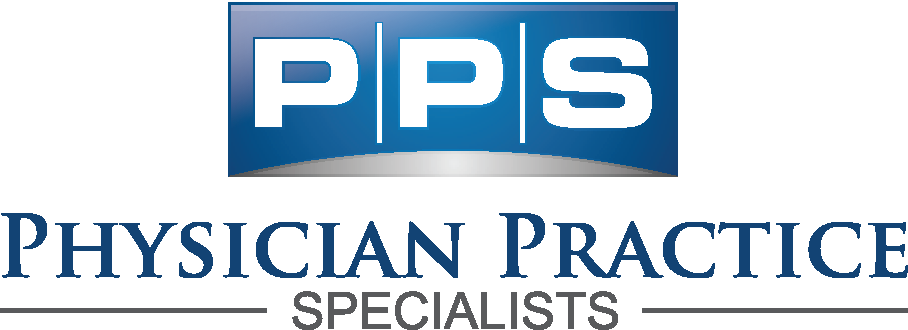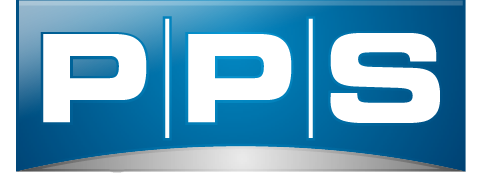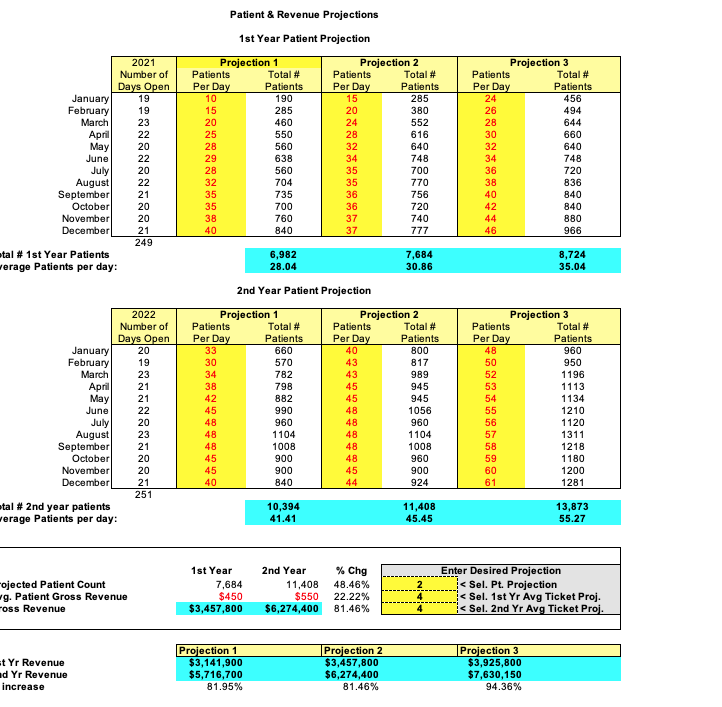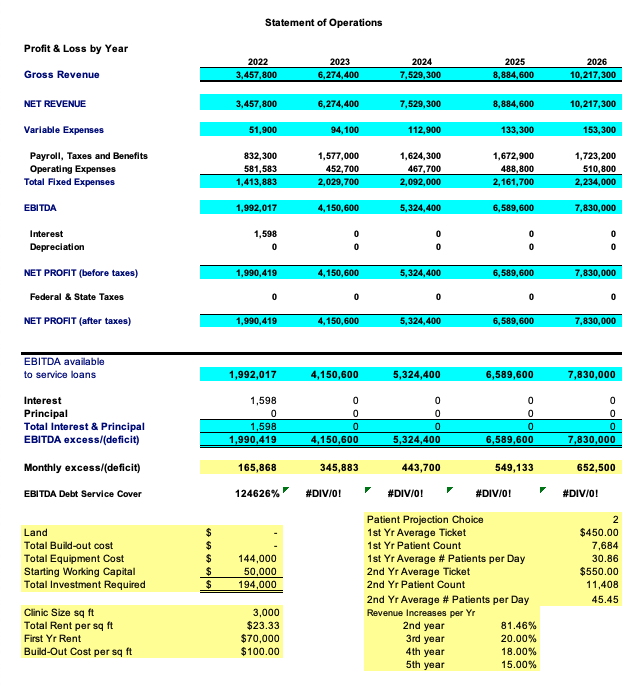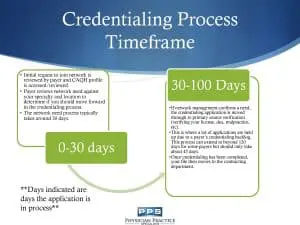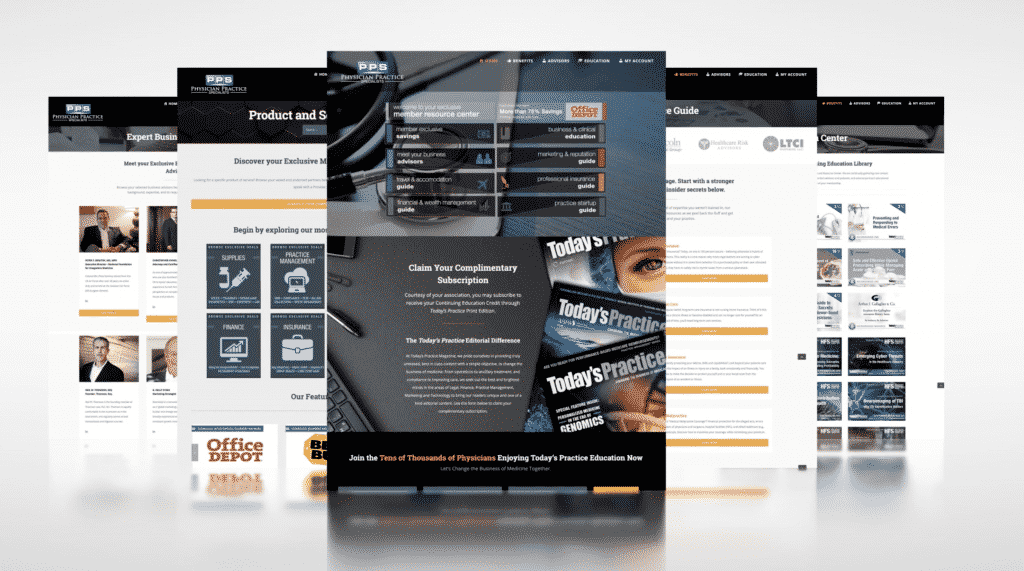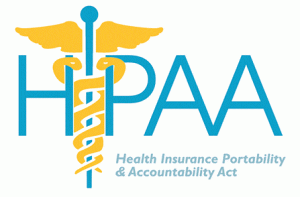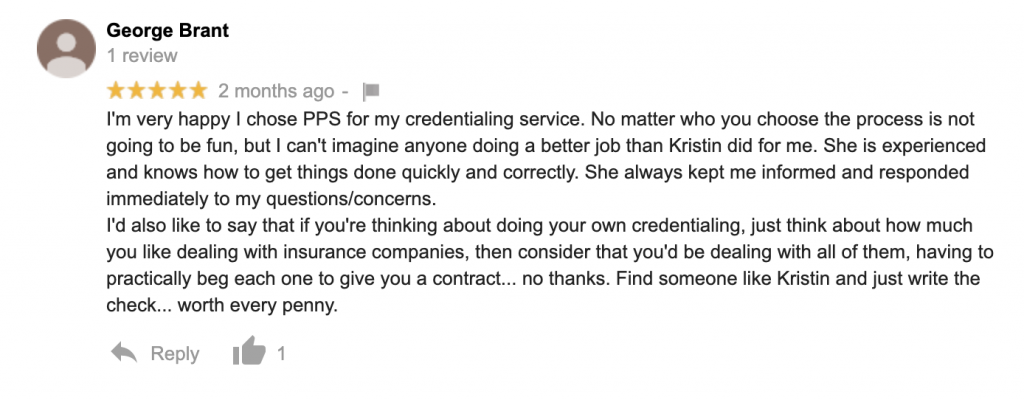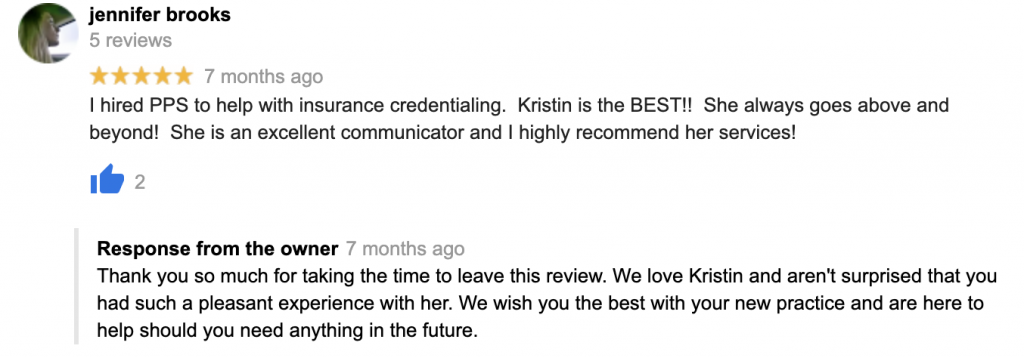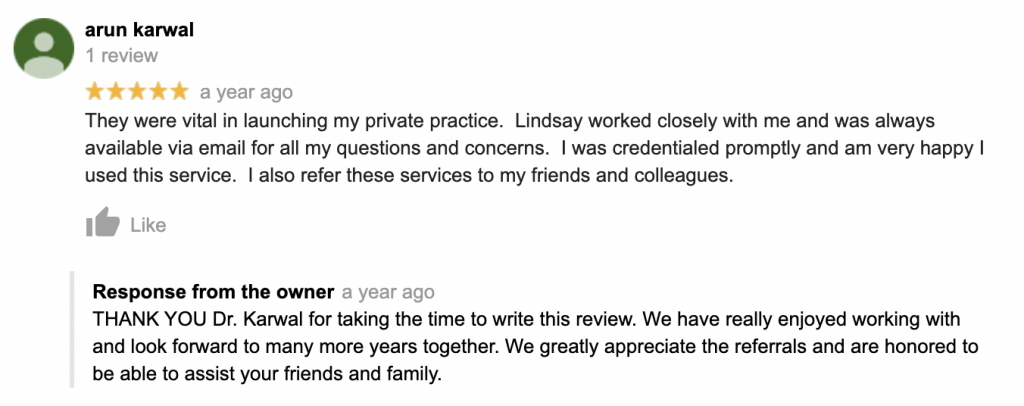Medical & Office Supplies - Making Good decisions
May seem like a simple thing to cover, but you would be surprised to learn how many new practices overspend on equipment and supplies. It’s natural to want to be prepared for your patients but what that looks like may surprise you. The bottomline is, buy what you absolutely need for the first 1-3 months of services and add from there. You buying a ton of supplies and equipment based on the hope that there’s an army of patients waiting to come see you. It would be the same thing as a new restaurant buying a ton of perishable food based on a hope that every table would be miraculously filled. Let’s say you’re presented with something simple like how much table paper and gloves to purchase, you’re probably thinking that the amount is inconsequential and it’s not something you can afford to run out of.
1. More than enough vs enough: First. every major medical supply company can get you essential supplies within 1-3 business days so availability is not a concern. Unless you’re running an urgent care, you have a schedule which allows you to proactively ensure you have the staff and tools necessary. It just requires a little more foresight and planning on your part.
2. Does it really matter: When you’re starting your practice, every dollar has a name on it because every dollar has a purpose. The money spent on supplies should be proportional to the money spent on actually generating new business. If you can save $100, that is not just money saved but it’s money you can assign to creating revenue. $100 in marketing could easily result in 5-10 new patients.
Before you buy a single item for your new office, please make sure you have a budget. When you overspend in this area, it has to come from another bucket and that is often on the business development side. You might say that your new exam table is more important that marketing but regardless of the equipment you possess, it does nothing for you’re sitting on your hands instead of seeing patients. If you save $1000 on equipment and supplies, that is $1000 in your pocket that can be reallocated to marketing. That $1000 saved could easily convert to $10,000 in new business over the course of a year. Each patient has three components of revenue that need to be recognized when making decisions.
We break down patient revenue into three categories of value: 1. Tomorrow’s value 2. Lifetime Value 3. Referral Value
Your goal should be to save as much money as possible when starting, not having the latest and greatest equipment. This doesn’t mean compromising or handicapping your ability by purchasing inadequate tools, but it does mean that you should ignore the urge to buy the shiny new toy your salesmen will inevitably show off. This is why we recommend looking at used equipment for things like exam tables or at least getting three quotes for any new equipment . This is also why we provide 100% free access to our practice portal for any medical practice. Our membership portal does not require you to be a client of ours in order to take advantage of the savings. Our portal offers you free access to reduced pricing from hundreds of vendors that on average will reduce your costs by 20%. Vendors include well known companies such as AT&T, Office Depot, BestBuy, MedLine Supplies and hundreds of other vendors. Our arrangement with these companies is very similar to a GPO or Costco model(without the membership fee) and we provide this to any practice free of charge.
Additional Resources:
Learn More & Take Advantage of 10-15% Savings
